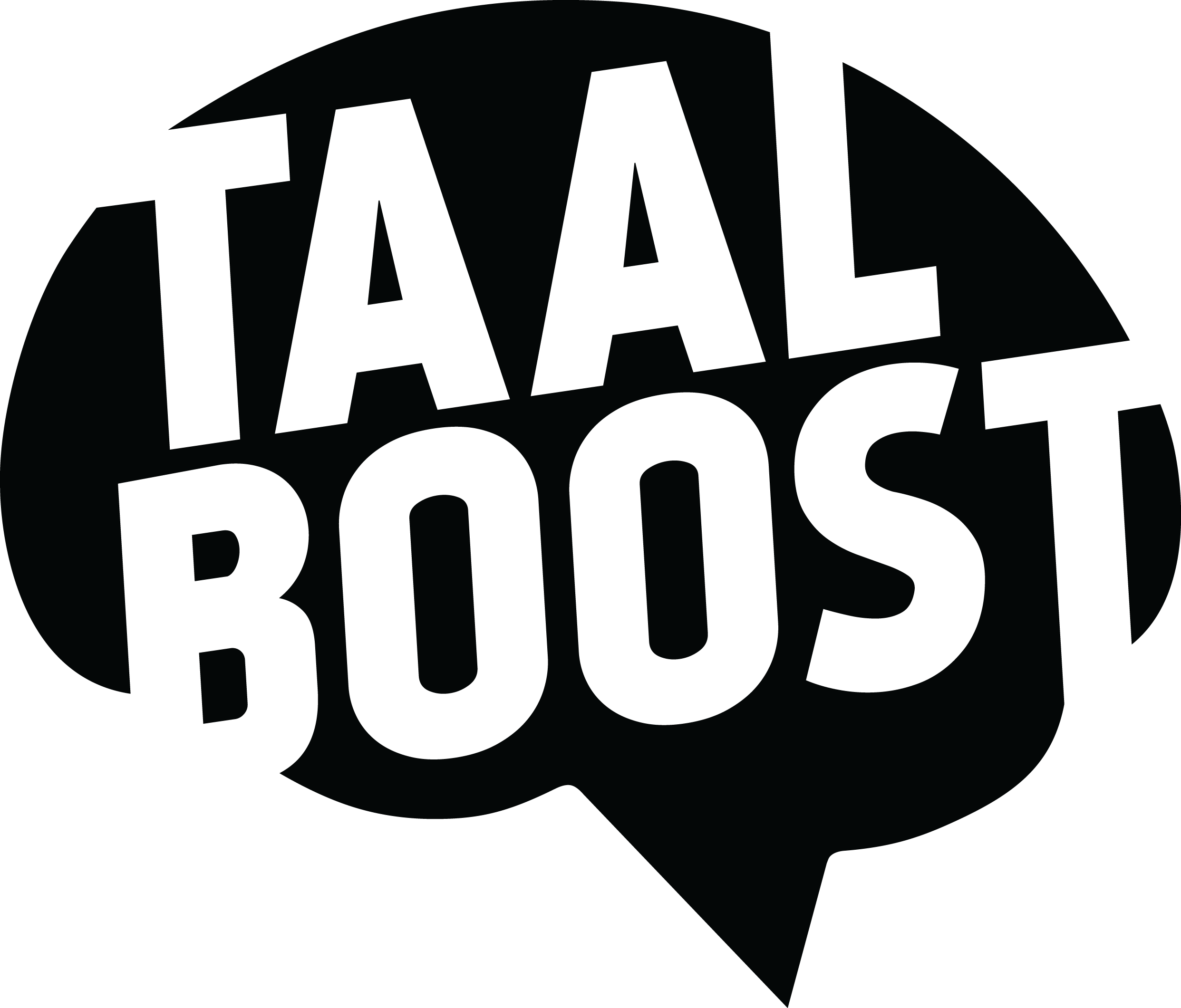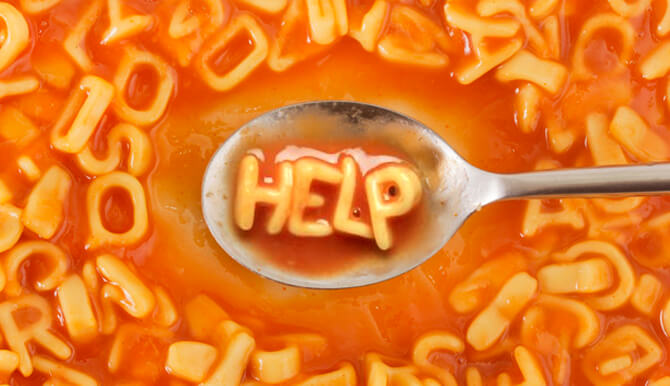How To Learn New Words
It seems fair to compare becoming fluent in a language with becoming a culinary chef, or mastering some other skill to that extent. It certainly takes time and practice to become a professional - either in a language or in cooking - but if we go strategically about it, accept our own limitations and allow ourselves to make mistakes, but at the same time learn something from those mistakes along the way - there is a bright future ahead.
Being fluent in a language is similar to becoming a master chef.
A master chef would know the ingredients that they are using, which combinations work and which do not - by color, texture, smell and taste. They would know how to prepare, process and store the ingredients. They would know which ingredients to slice, grate, squeeze or boil first and which last in order to use the cooking time most efficiently and not affect the quality of the final dish. And finally, they would know how to present them on the plate. All this can take years to master.
Becoming fluent in a language works in a similar fashion - the processes of slicing, grating, boiling and their sequence are similar to grammar and the ingredients are similar to words. If we do not know which ingredients to choose or which combinations work well, then our dish will not be tasty - or in the case of language, our message will not be understood.
In contrast to the ingredients of the chef, there are just so many words in a language that can be learned. Mainly due to this, learning a new language is generally seen as a long and painstaking process. If we strategically approach which words to learn and how to learn those words - or better said how not to forget those words, then we can shorten this process significantly and see the fruits of our hard work immediately.
Problems With Words
The relationship between what a word means and the actual representation of the word are for the most part arbitrary - there is no reason why a chair is a chair and a table a table and not, for example, the other way around.
In other words, there is nothing in the actual representation of the chair that says - my name is chair. Yet, if we want to refer to a chair without pointing at it or at an image of it, we need to know the word chair, in order to be understood, at least in the English language. And while grammar is a finite system of rules that we can learn and then apply to different situations, when it comes to words, we just need to learn them one at a time. How frustrating is that!
Where to start? The best way to go about this is to prioritise. Definitely a bad idea would be to take a dictionary, start from the letter A and hope for the best. A better idea would be to select the words that are most frequent in the new language, and that are most relevant for your situation. If you have just started to learn, you will not immediately need words in order to have a discussion about healthcare, economy or philosophy. If you are just starting to learn the new language, you should try to think as concrete as possible and take the words that you are most likely to encounter daily. Definitely nothing abstract. Which words do you need if you want to introduce yourself, buy and eat food, plan your week or tell about your regular day or leisure? That would be a good way to start.
“The meaning of a word is its use in the language.”
The Art Of Reading
As we have already mentioned above, the easiest and quickest way to refer to a chair is to actually use the word chair. We can use the word in different ways. We can write it down or type it as a string of letters c-h-a-i-r. We can then read it and know what this string of letters referred to. Or, we can pronounce the word as t͡ʃɛə(ɹ) (don’t be confused by the weird signs, they are here for illustrative purposes only). In turn, when we hear t͡ʃɛə(ɹ), we will understand what was communicated with us.
To summarise, there are - generally speaking - four main language skills: listening, reading, writing and speaking. For the time being, we will focus on listening and reading.
The skills of listening and reading are receptive skills. In other words, when you start learning a language, you will focus on the sounds (for listening) and letters (for reading) until they become words that you understand. Subsequently, and partially aided by the grammar, you will recognise the interconnections between those words into sentences and then larger chunks of written or spoken text, or a dialogue. This recognition is more favourable when you are familiar with the context. In contrast to speaking and writing, there is basically no other cognitive effort requested from you at this moment, apart from understanding the meaning and the context. Of course, that does not make it any easier for someone who is just starting to learn the language!
The receptive skills - and especially reading - are by far the best way to learn new words. While you are reading a text in the new language, you will have the luxury to re-read, pause, consult the dictionary, Google translate, or some other cool digital feature that can looks up words online. Since there is no other cognitive effort from you required, you will have available mental capacities to store the newly learned words.
However, humans are no machines, and this process of storing new words is not as straight forward as one might think. Humans are - unlike machines - forgettable. Our brains learn by recognising and associating, rather than by storing the information as a infinite sets of 0s and 1s.
For those reasons, we need to see or hear (or both) a word many times before we store it in the long-term memory. Additionally, the more associations we make with that word - by associating the word with the things that we already know - the better chance that our brain will store that word more successfully in the long run.
Flashcards
One good learning strategy to see the new word many times is to make flashcard sets. If you have not worked with flashcards before: a flashcard is simply a card that contains the targeted word in the language that you are learning on the frond side, and the translation of an illustration of that word on the back side. You are presented with either the back side and should guess the word on the front side, or with the front side and you would need to guess the translation.
A time saving, eco-friendly, physically indestructible, free and overall better way to produce flashcards is by making them digitally. If you have access to them from your smartphone, you can also practice with your flashcards anywhere. The downloaded flashcards program or app will do what computers do better than us - store the learning data, trace your progress and focus specifically on the cards that you remembered with difficulty or not at all. There are many apps that will make flashcards for you. A short search on Google or in the App Store will bring about hundreds of different tools.
Our preferred choice for flashcards is Quizlet as it is free, user friendly, has a simple and attractive design, can be shared with others and used across devices.
TaalBoost tip: Make the flashcard set after each Dutch language lessons at TaalBoost and name the set after that lesson.
What are your experiences with flashcards? Do you know other ways of learning new words that worked for you? Let us know in the comments below!

